Discover the Three Naming Secrets That Have helped Over 35,000 Entrepreneurs Find an Attractive Business Name
As you explore YouTube, Instagram, Facebook, or any other social media site, you will undoubtedly encounter a plethora of advertisements from various businesses. And if we asked you how many of those brands you could recollect, you'd most likely struggle to answer.
The reason for this is that so many businesses are fighting for your attention that it's easy for a company's name and ads to get lost.
The days of just adding "& Co." or "& Sons" to your name and declaring it a solid brand name are long gone. The current digital ecosystem requires that potential clients recognize and love your brand name before doing business with you.
And that’s because the first and most crucial component of your company's identity is its name. Your brand's name is so vital that several platforms and business name generators are dedicated entirely to aiding entrepreneurs in obtaining the perfect company name.
However, even though the naming process is necessary for every entrepreneur, it does not have to be complicated.
At Squadhelp, we've helped name over 35,000 businesses, and now, we’d like to show you the three exact processes that helped us accomplish such great success.
1. Understand Your Brand

Your brand’s name is the core of its identity and personality. That’s why when naming your business, you can't afford to ignore researching and understanding everything you can about your brand.
As a founder, you must understand that what you do is your business, but your brand identity is how your consumers interact with and perceive your company.
As an example, consider Accenture. What comes to mind whenever you hear or see the name? To me, it sounds high-end, sleek, and current. This name is convenient and performs well for one of the world's top ten consulting firms.
However, you couldn't name a technological device like the iPad or Alexa similarly since the name wouldn't sufficiently describe who they are and what they do.
And that’s why possessing excellent brand imagination is the first requirement for effectively naming your firm. It takes creativity to visualize your brand's identity. Surprisingly, the most underused naming tool is brand imagination.
The key to cultivating your brand imagination starts with:
- Knowing what your brand looks and feels like
- Knowing what your brand is worth
- Knowing what tone is best for your business
- Knowing what emotions you want to arouse in your customers
You will be much better equipped to start a thorough business name-generating process once you know these essential traits.

Here’s another excellent example. The goal of SquattyPotty is to "promote restroom health globally." Although SquattyPotty provides medical and scientific services, its name indicates that it didn't want customers to see it in that manner but instead as a fun and witty brand. But SquattyPotty took it further by using fun, playful colors and funny puns on their website.
That said, knowing your brand is an integral part of the naming process, and you can start building your brand identity by:
- Identifying who you are as a business
- Who your business is to customers
- Who is your brand when compared to competitors
Now that you've established your brand, it's essential to determine what tone would work best for your company. Your brand's tone will establish its style, character, or attitude. It should appeal to your company's aims while connecting with your target audience.
We recommend selecting one of the five more general tones: contemporary, emotionally charged, pragmatic, playful and fun, or pre-eminent. For example, Louis Vuitton connotes luxury, power, and style. It is well suited to the company's activities and target market. Slack, conversely, comes across as a modern, fun, and playful brand.
Understanding your company’s brand is the most time-consuming stage of naming your organization. After you've addressed who you are, how you want people to view you, how you compare to competitors, and the appropriate brand tone for your firm, the following steps will be much simpler to execute.
2. Begin Brainstorming

This is when things start to become a lot more interesting! Grab some markers and a board, gather your squad (assuming you have one), and let your imagination run free. The brainstorming process doesn’t require any analysis.
So, at this stage, resist the urge to critically evaluate any names you discover or create. Simply concentrate on turning on your creativity and letting it flow.
As you brainstorm, don't be afraid to note every name you are unsure of. We urge you to record each odd name you come up with. You can't know what you may create out of them.
Here are some crucial tools to make your brainstorming far more enjoyable and successful.
- Thesaurus
- Industry slangs
- Rhyming words
- Company name generator
- Visual names relating to color
You could also employ a few root words (common words often merged with other words) to create a memorable and brandable business name. At Squadhelp, we looked into root words and found that gen, Omni, casa, spot, and door were the most popular ones among our clients.
Also, don’t limit your naming team to a particular demographic. Instead, ensure you include people of all ages in the brainstorming process. This will provide you with diverse opinions and help you decide if you should use a traditional and classic name or a new and creative one.
Through a survey we conducted in 2021, we discovered that while older age groups—45–65 years old—were more likely to trust established, traditional brands, younger age groups—25–34 years old—tended to choose companies with new, innovative brand names.
The age bracket of 35 to 45 was situated in the center. Therefore, having a diverse age range will help you think from different angles while brainstorming.
Make every effort to write at least 200 prospective brand names before your brainstorming session. This will give you plenty of resources to work with as you concentrate on reducing this list.
Select Your Top Names

Our next step is to align the names we develop with our brand's tone and value proposition. Your naming team should have a brief outlining your final tone and brand identity.
The names you've acquired could be assessed according to how well they capture the essence of your brand, how they sound and appear on various media, including social and print media, and how excited they make you and your team.
Get your team's feedback on each name you've come up with and decide whether or not a name is memorable and catchy. Aim to have less than ten names by the end of this stage.
For instance, if you want to be seen as a practical brand, keep names with emotionally charged names to a minimum. But that shouldn’t stop you from sampling some names within a category. Even if your brand needs a straightforward and solution-oriented name, you can experiment with alternative spellings, like Lyft, or short, energetic names, like Zoom.
3. Validate

We all hope your top choice from the ten best names you selected will be the excellent business name you’ve been looking for! However, your finest name(s) must pass a few crucial tests before you can start the celebrations.
Validation can assist you in verifying if your proposed company name(s) is worthwhile. Start validating by collecting:
• Feedback From Your Target Market: Seeking input from a sample of your target customers is critical for validating your brand name. You need a name that connects with clients, especially if you plan to conduct your company online. As a result, any name you select should appeal to your target demographic.
You can gather feedback from friends, relatives, or even people you meet in a restaurant or bar. Don’t hesitate to tell them the reason for your inquiry. Be sure to collect every piece of feedback you can, either through writing or by conducting a poll on the social media site where your core audience is based.
The brand name your audience enjoys may not be your first choice, so ensure you detach your emotions from your chosen names. Additionally, run the word through a linguistics test to ensure it can be pronounced and does not have an offensive meaning in a foreign language.
• Check Domain Availability: Every business needs an easily accessible website. Therefore, you must check if your chosen brand has an available domain name.
In a perfect world, you could easily and quickly reach nameofyourbusiness.com. However, this doesn't happen frequently, and buying your domain name might be expensive.
So, if you cannot buy a ".com" domain name, you can use strategies like varying the spellings or omitting vowels. Additionally, you can test the ".co" URL or change the domain names by prefixing them with "the" or your name.
• Trademarks: This process might not be enjoyable for you, but it will save you a lot of problems in the future. Trademarks protect the majority of commonly used words in some way.
Deciding whether your business name can be trademarked is a top priority. And in doing so, you shouldn't hesitate to engage the expertise of legal counsel now. Avoiding this check could result in legal troubles for your business in the future.
Conclusion
Your company’s name can increase your sales and impact your financial performance. It can also change the course of your company's fate. So ensure you find a great name that aligns with your business's tone and identity, appeals to your target market, and brings them closer to you.
Grant Polachek is the head of branding for Squadhelp.com, a 3X Inc 5000 startup and disruptive naming agency. Squadhelp has reviewed over 1 million names and curated a collection of the best available names on the web today. We are the world's leading crowdsource naming platform, supporting clients from early-stage startups to Fortune 500 companies.



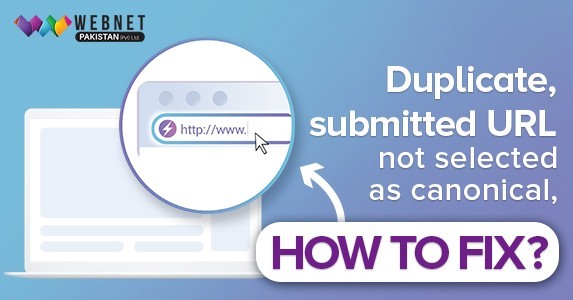
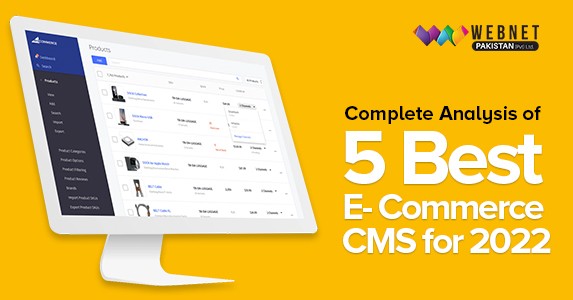

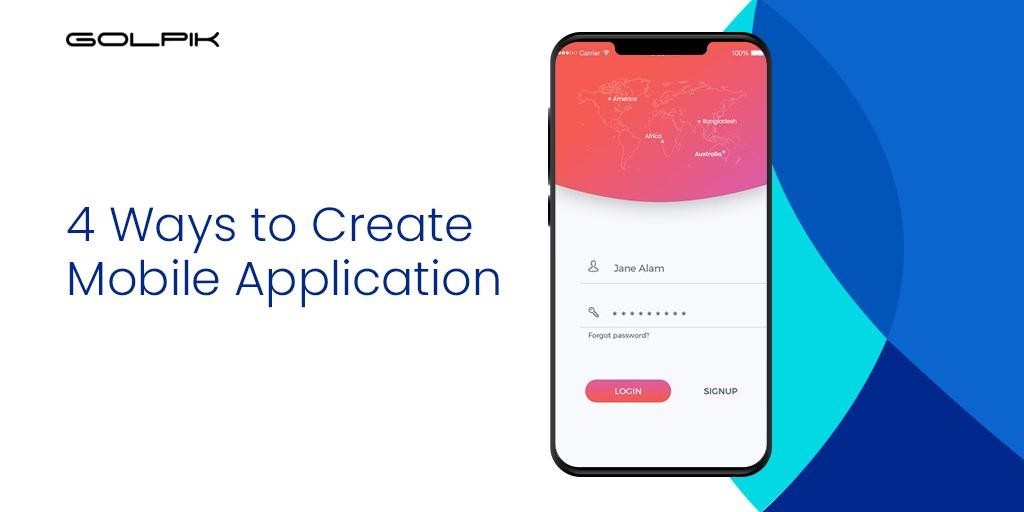
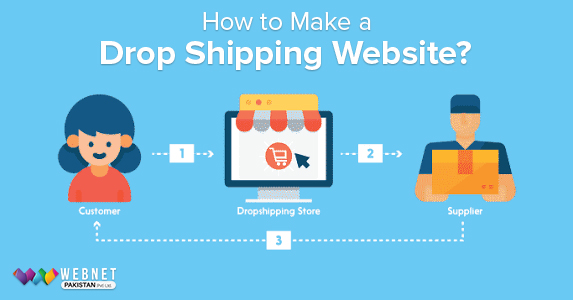



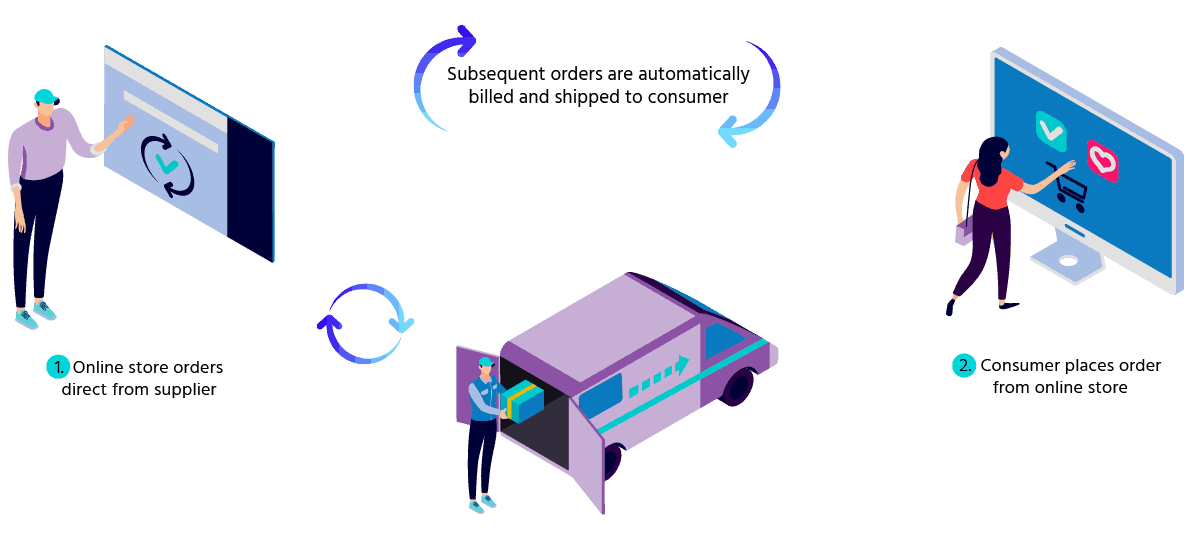






0 comment